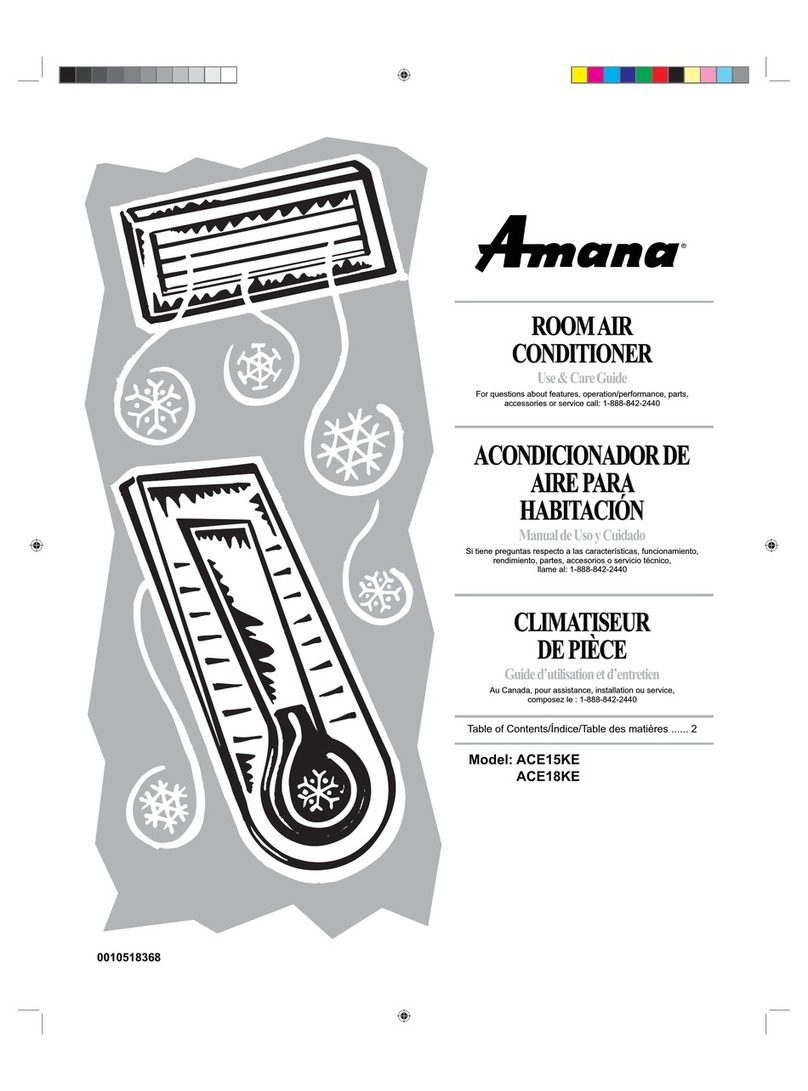Amana VCA Operating instructions
Other Amana Air Conditioner manuals
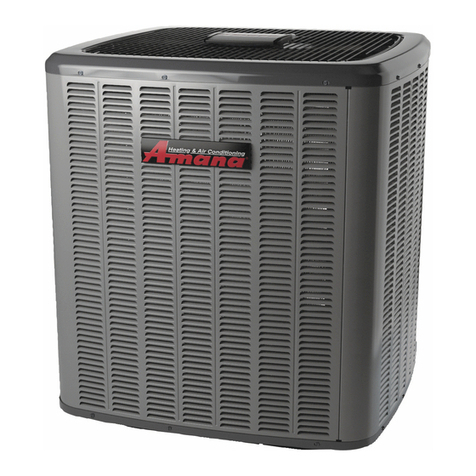
Amana
Amana AVXC20 Series Operating instructions
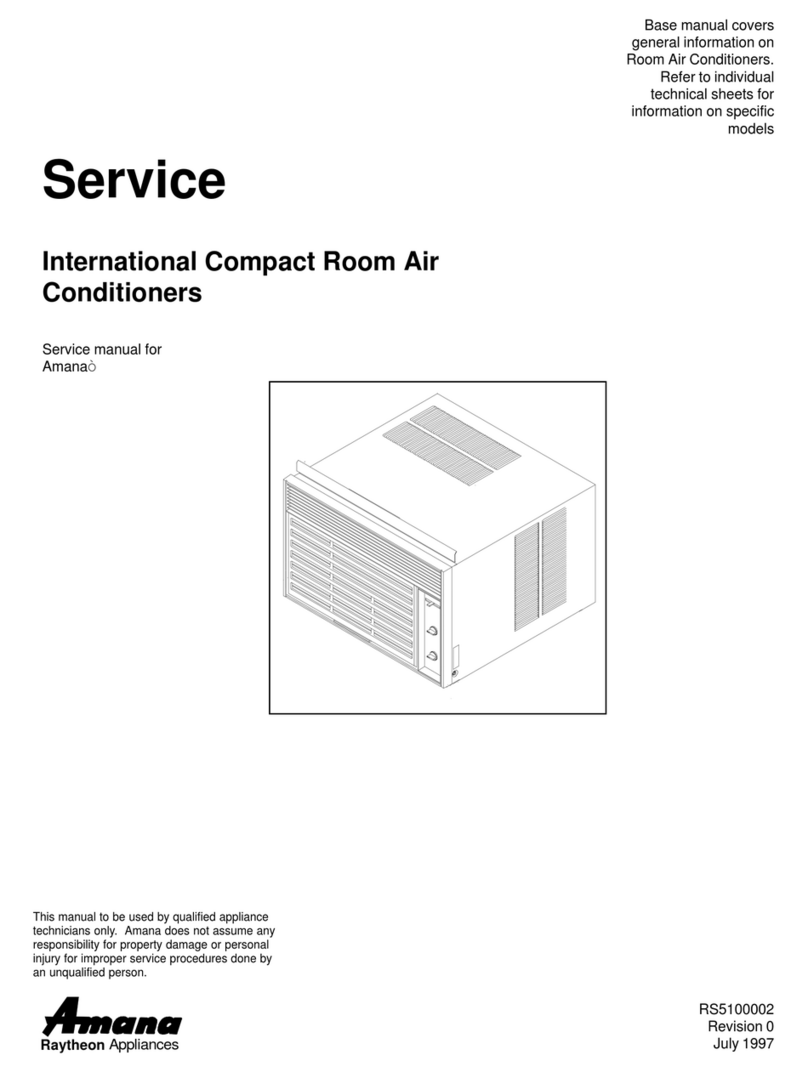
Amana
Amana 10c5ez Assembly instructions

Amana
Amana TDK02 User manual
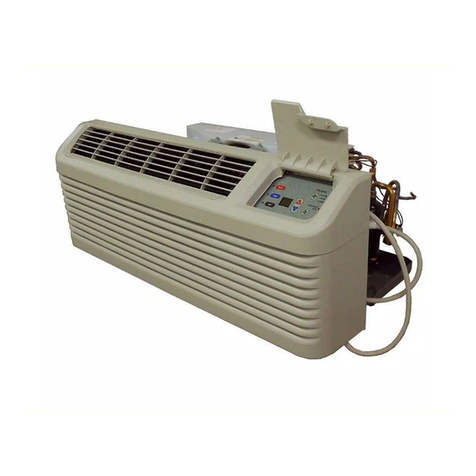
Amana
Amana PTAC 24" Service manual
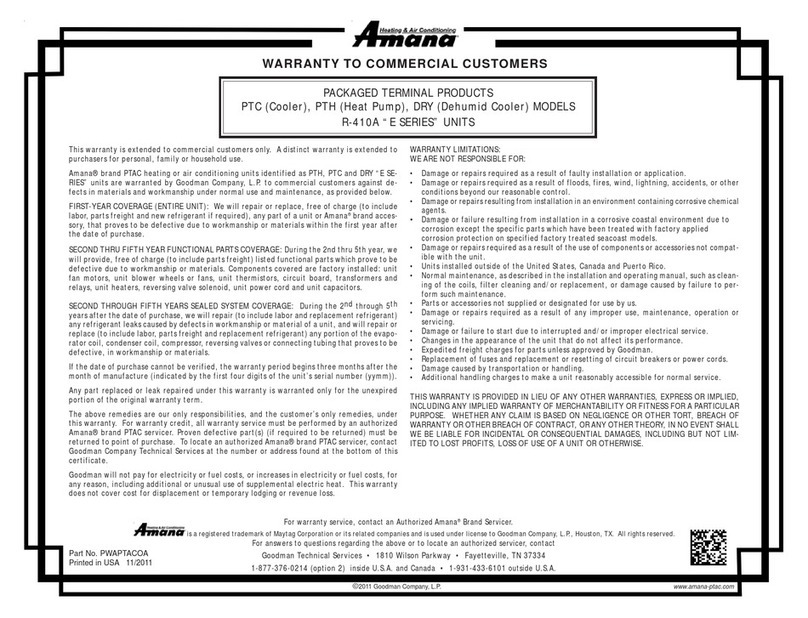
Amana
Amana PTC MODELS Use and maintenance manual

Amana
Amana APUM3 M41AA Series Guide
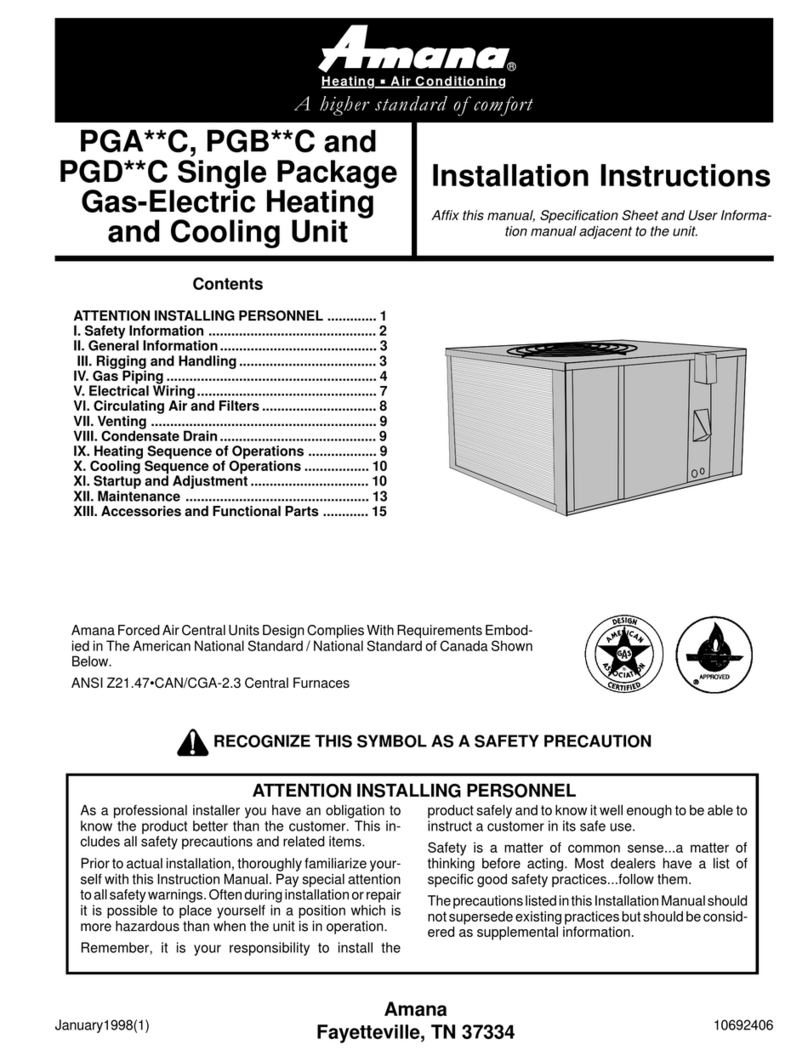
Amana
Amana PGA**C User manual
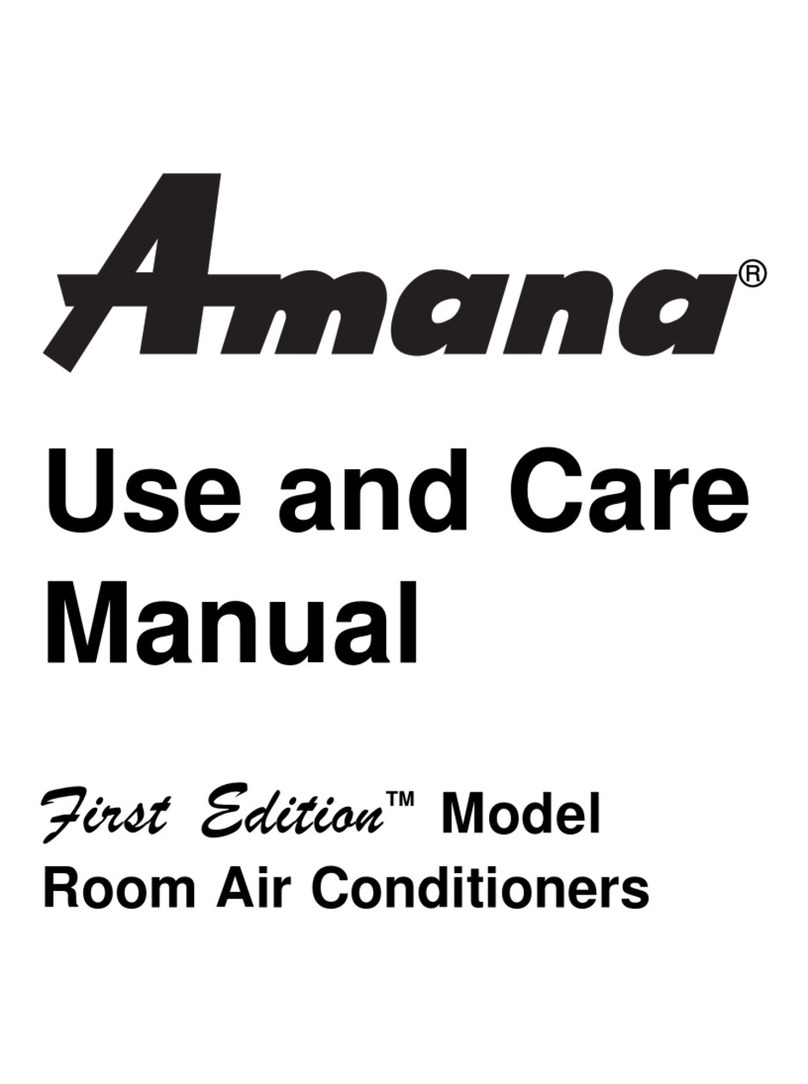
Amana
Amana First Edition User manual
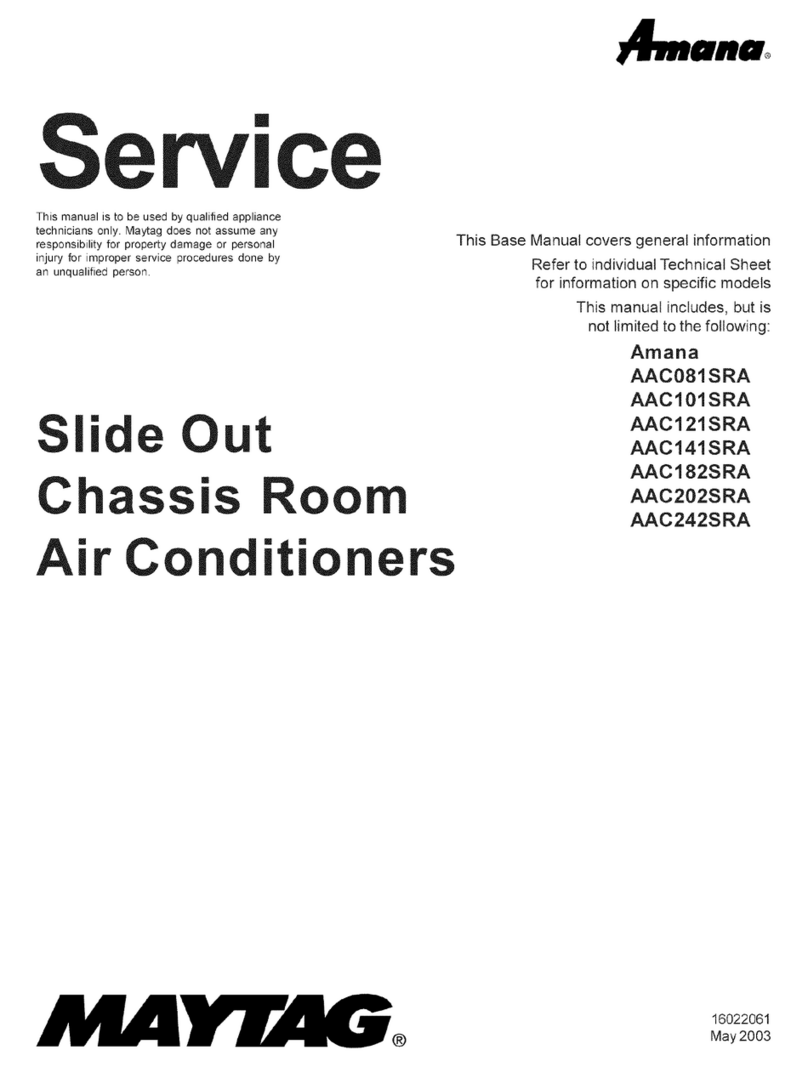
Amana
Amana AAC081SRA Service User manual
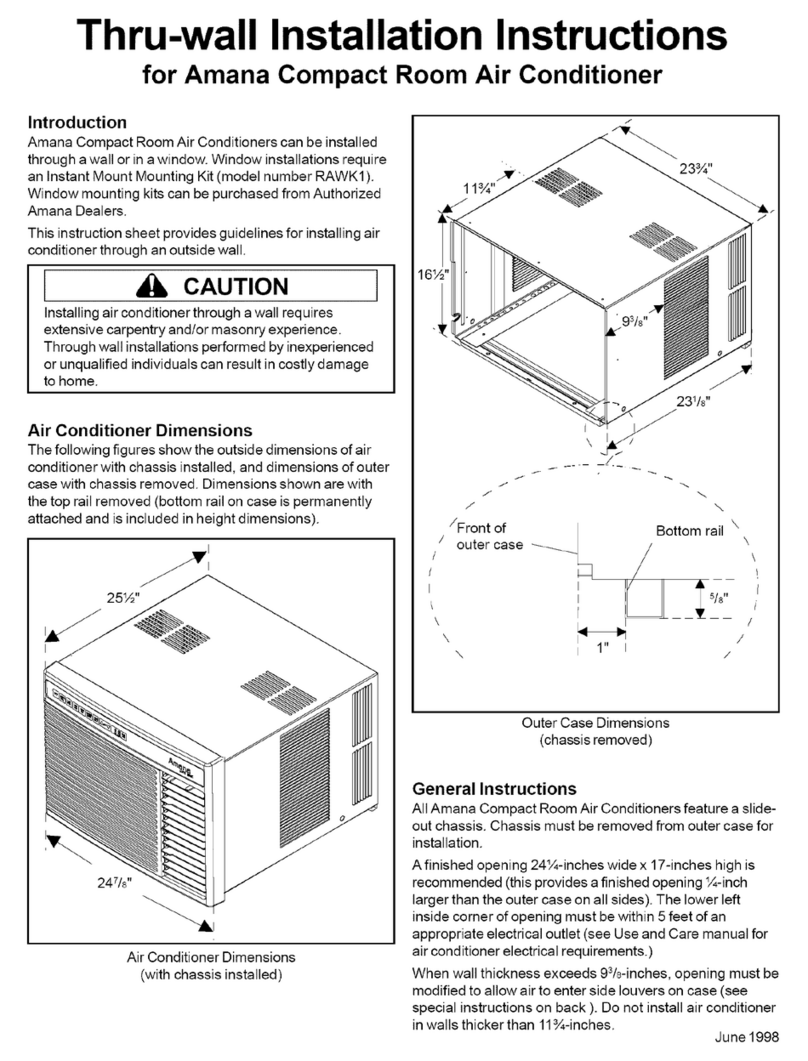
Amana
Amana 10M52TA-P1214708R User manual
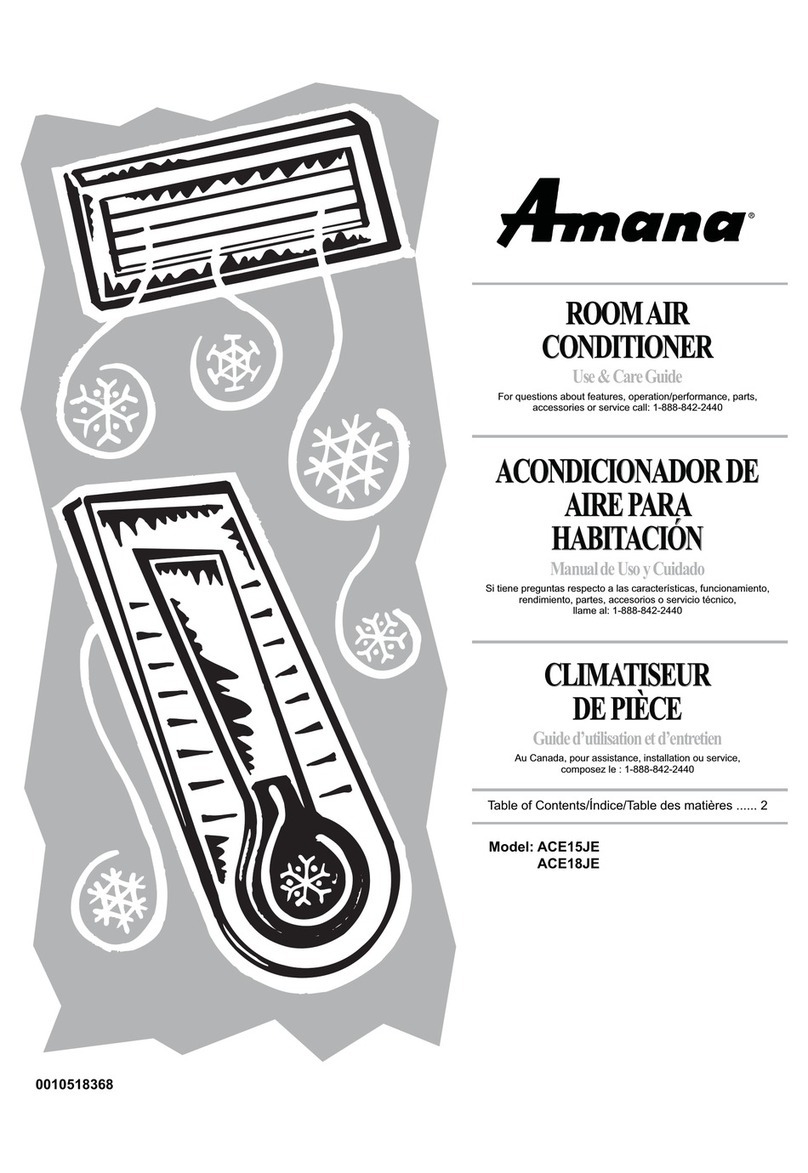
Amana
Amana ACE15JE User manual

Amana
Amana PTH123G25AXXX Service manual

Amana
Amana room air conditioner User manual
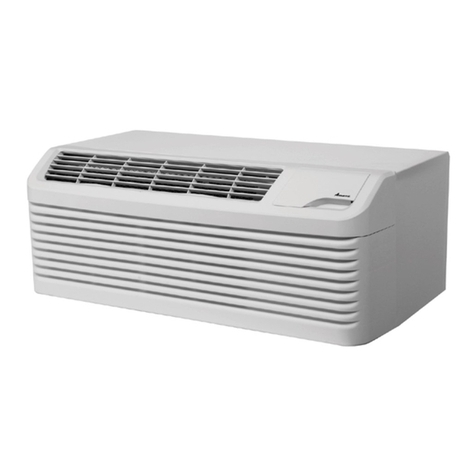
Amana
Amana DigiSmart PTC073G***XXX Installation instructions
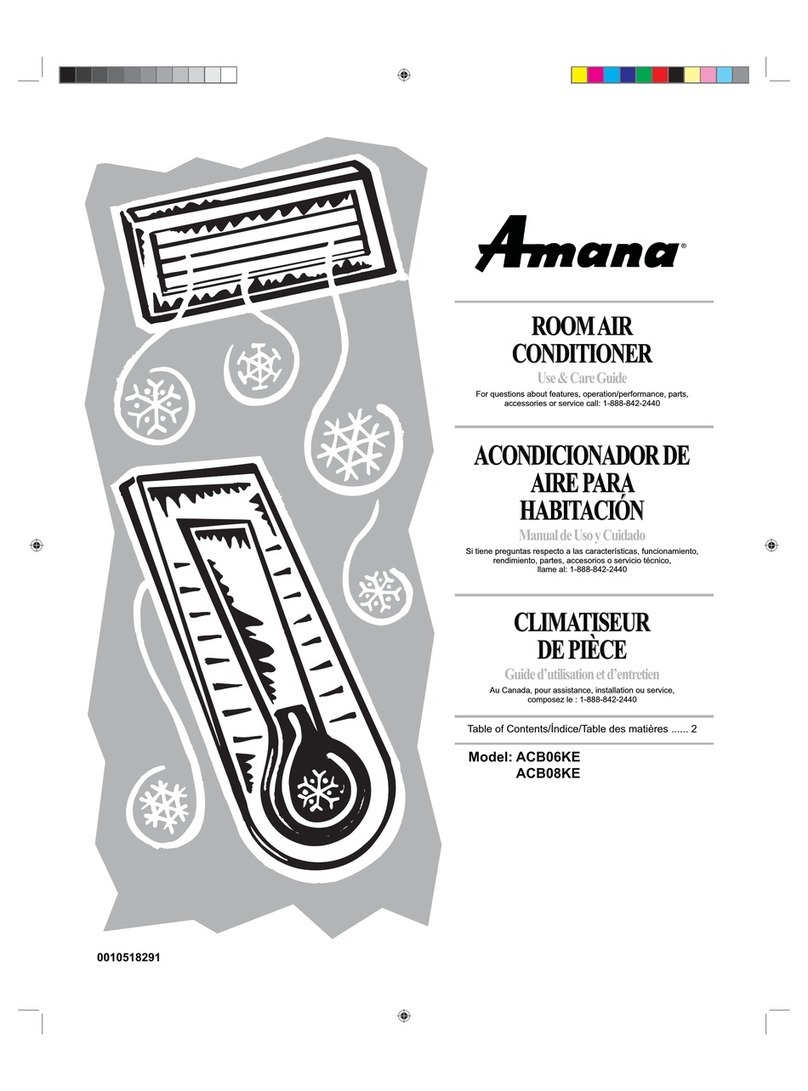
Amana
Amana ACB06KE User manual

Amana
Amana APN14J User manual
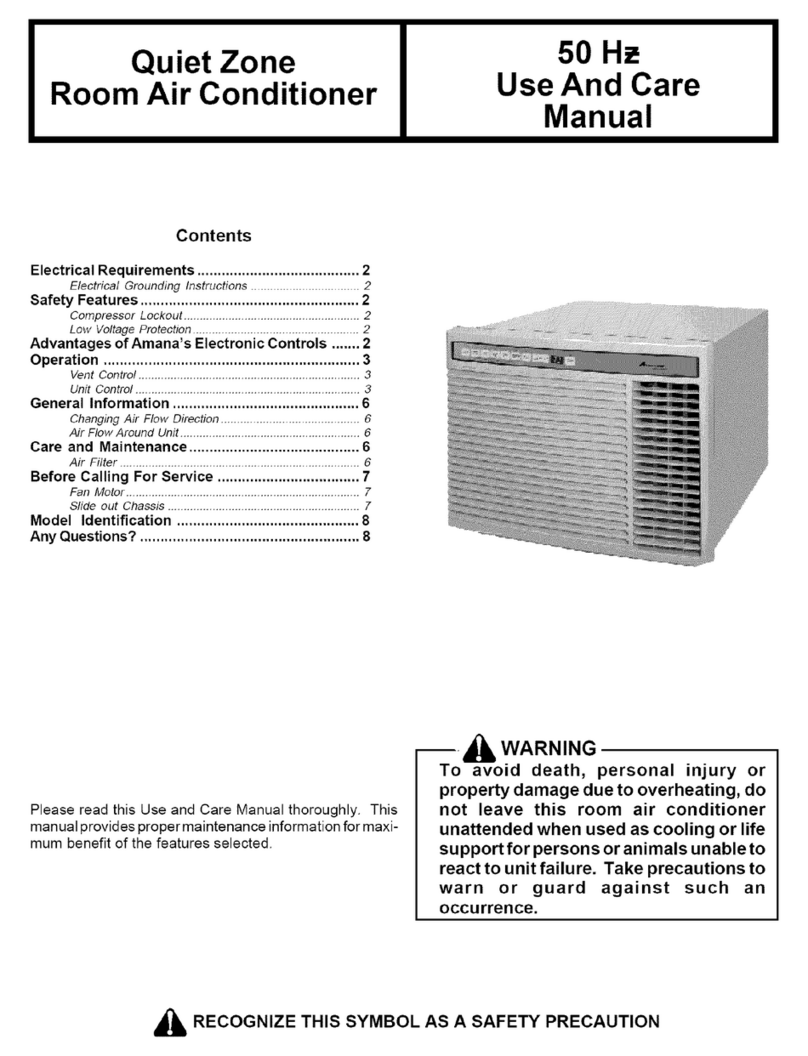
Amana
Amana 10M52TB-P1230808R User manual
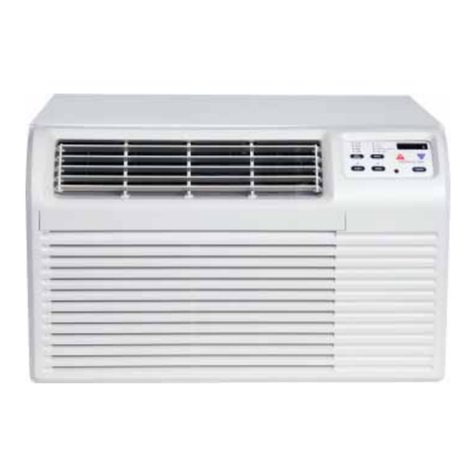
Amana
Amana AHQ246 User manual

Amana
Amana AMAP081AW User manual
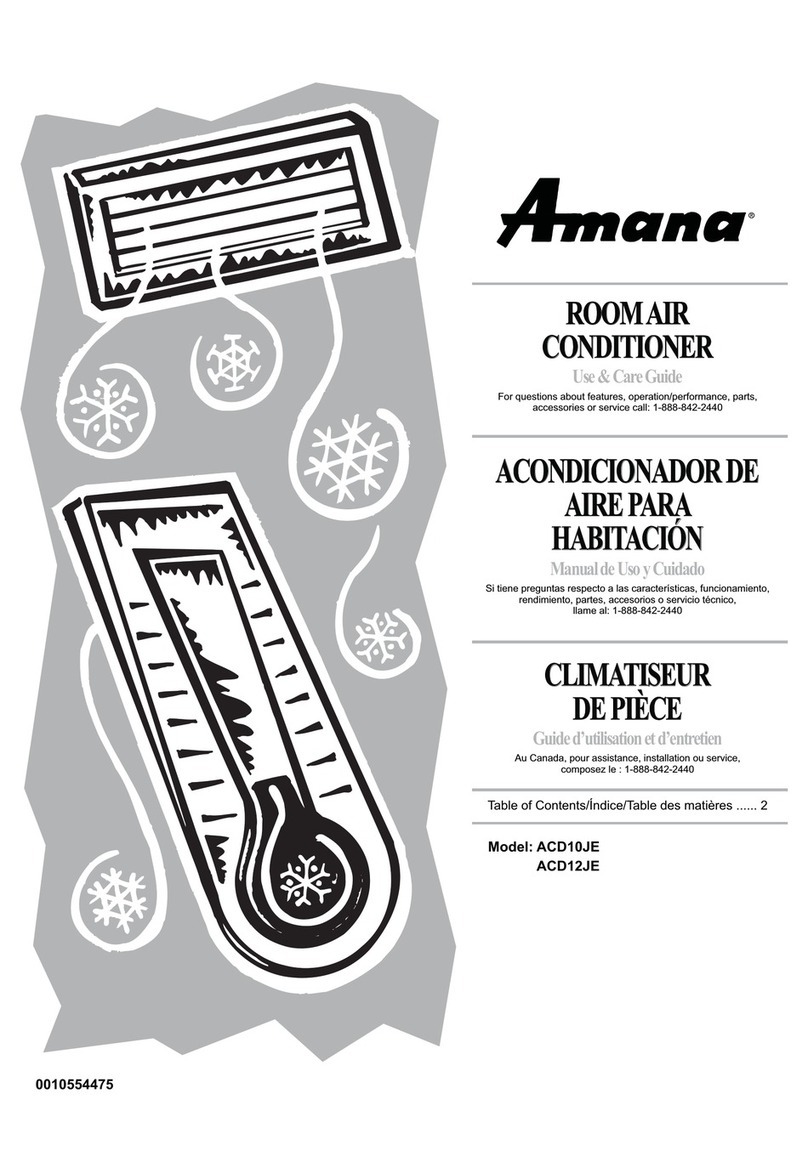
Amana
Amana ACD10JE User manual
Popular Air Conditioner manuals by other brands

Fujitsu
Fujitsu ASYG 09 LLCA installation manual

York
York HVHC 07-12DS Installation & owner's manual

Carrier
Carrier Fan Coil 42B Installation, operation and maintenance manual

intensity
intensity IDUFCI60KC-3 installation manual

Frigidaire
Frigidaire FAC064K7A2 Factory parts catalog

Sanyo
Sanyo KS2432 instruction manual

Mitsubishi Electric
Mitsubishi Electric PUHZ-RP50VHA4 Service manual

Panasonic
Panasonic CS-S18HKQ Service manual

Panasonic
Panasonic CS-E15NKE3 operating instructions

Gree
Gree GWH18TC-K3DNA1B/I Service manual

Friedrich
Friedrich ZoneAire Compact P08SA owner's manual

Daikin
Daikin R32 Split Series installation manual



